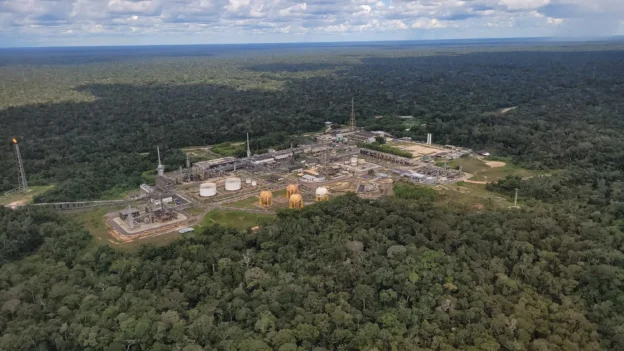Petrobras and Amazônica Energy signed the first contract for the small-scale commercialization of liquefied natural gas (LNG) from the Urucu Cluster, located in the Solimões Sedimentary Basin. The agreement establishes an initial supply of 100,000 cubic meters per day as of February 2028, with a ten-year duration and the possibility of extension.
What are the expected benefits of the agreement?
The contract includes investments by Amazônica Energy in infrastructure for liquefaction, transportation and regasification of natural gas. natural gasas well as the expansion of the delivery point, to facilitate access to LNG in river and land areas that are difficult to access in the Amazon.
Among the expected objectives of the agreement is to bring cleaner and more efficient energy to electricity generating industries and vehicles, using Compressed Natural Gaswhich can attract investment and create jobs. It will also take advantage of energy resources already produced in the region that previously could not be distributed efficiently.
The importance of Urucu
Since 1988, Petrobras has been operating in the Urucu field, the third largest natural gas producer in Brazil, with an average production of 5.1 million cubic meters per day. This volume supplies 65% of the electricity generation of Manaus and other cities in the state of Amazonas.
Petrobras’ operations in the area generate nearly 20,000 jobs, of which some 1,000 are local workers. In addition, the Urucu Pole maintains 98% of its areas preserved, has waste management systems, and operates with energy self-sufficiency from its own natural gas.
An energy bet for Petrobras and Amazônica Energy
This contract between Petrobras and Amazônica Energy is not only about selling gas, it also seeks to solve an infrastructure problem in one of Brazil’s most difficult regions, integrating this remote region into the national energy matrix in a practical and sustainable way.
Source: Petrobras

